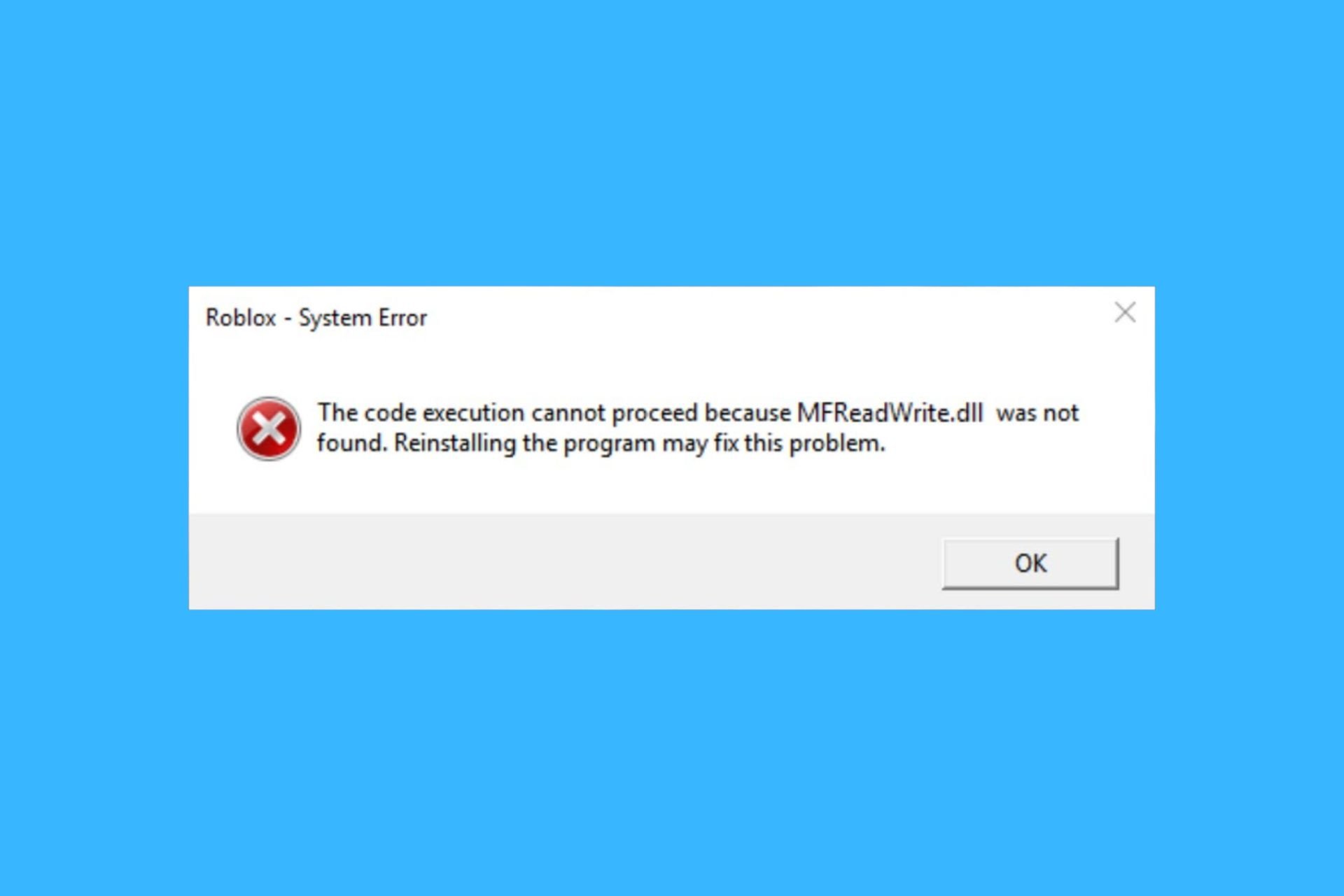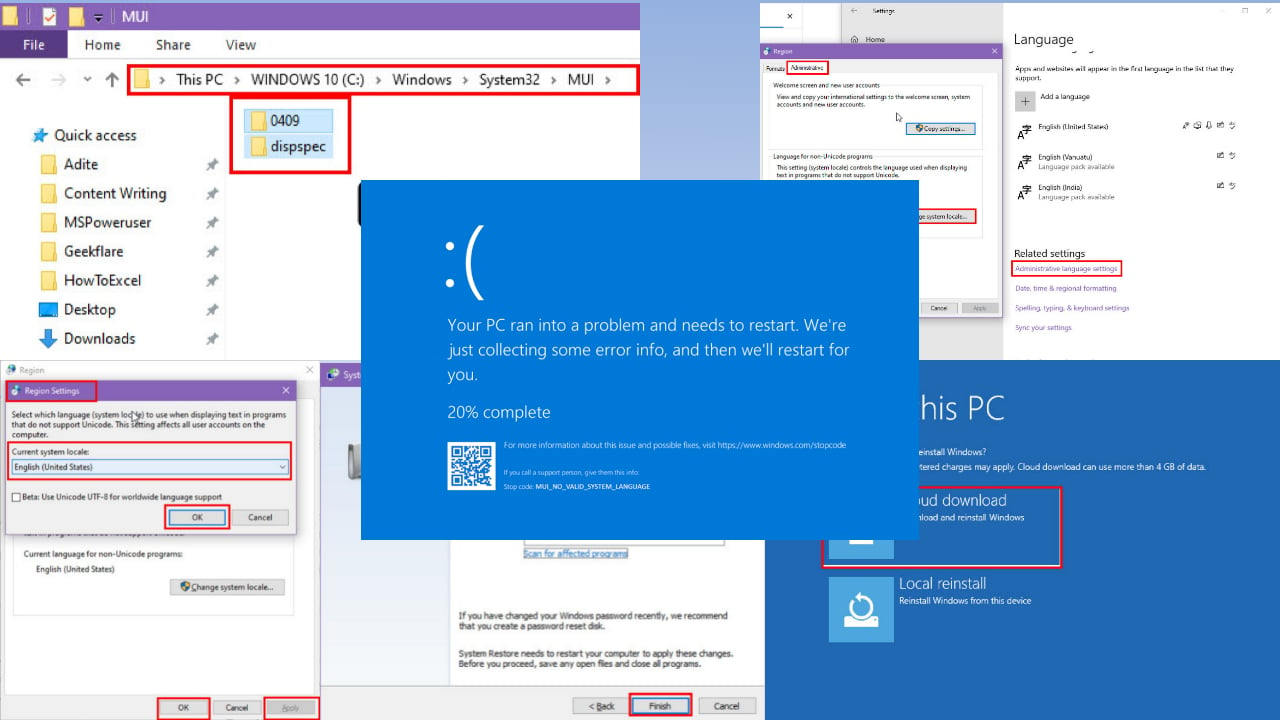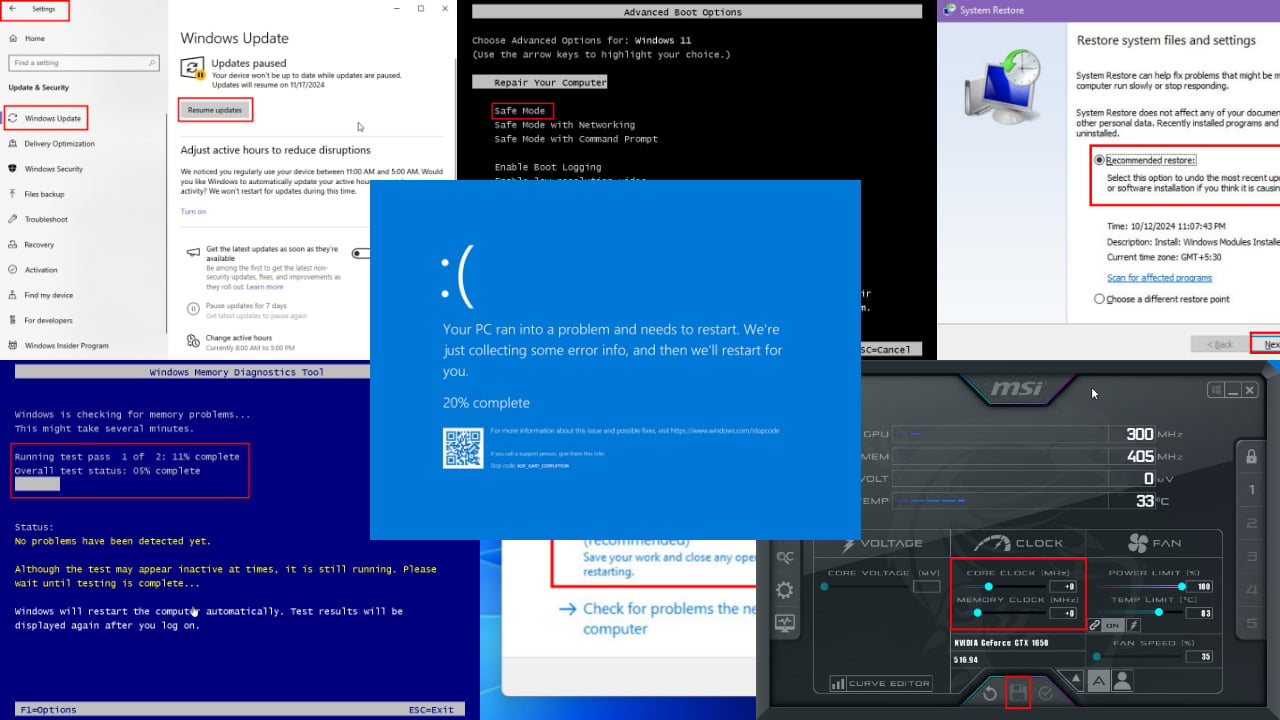Svchost.exe (netsvcs -p) High RAM or CPU Usage [Fix]
Disable the service or scan for malware
3 min. read
Updated on
Read our disclosure page to find out how can you help Windows Report sustain the editorial team. Read more
Key notes
- When faced with netsvcs -p issues in Windows, it's likely the underlying services are to blame.
- Your primary approach should be to scan for malware in case the PC is infected.
- For some users, running the Windows Update troubleshooter did the trick.

Svchost.exe (netsvcs -p), otherwise Service Host, is a shared service process in Windows. It is a subprocess of Svchost.exe that loads numerous services within the netsvcs group.
For those wondering what is netsvcs group, it includes User Manager, Task Scheduler, Windows Update, BITS, Themes, Remote Desktop Configuration, and a few more that are fairly essential to Windows 10.
The big idea behind Svchost.exe is that a group of services share a single process to preserve system resources. However, some users have found that Svchost.exe (netsvcs -p) has excessively high CPU, RAM, or bandwidth usage. Keep reading to find out the solutions!
How do I fix high resource consumption by netsvcs -p?
Before we move to the slightly complex solutions, try these quick ones:
- Restart the computer.
- Scan your PC for malware using the built-in Windows Security or an effective third-party antivirus solution.
- Install the latest Windows updates.
If none work, head to the fixes listed next.
1. Clear the Event Viewer logs
- Press the Windows + R to open Run, type eventvwr, and click OK.
- Now, double-click Windows Logs.
- Next, you should right-click Application and select Clear Log from its context menu.
- In addition, clear the logs for Setup, System, and Security, and finally, restart the device.
The Svchost.exe (netsvcs -p) high CPU or RAM usage issue can also be due to an overly full Event Viewer log. Thus, clearing the Event Viewer’s log is another potential fix.
2. Run the Windows Update Troubleshooter
- Press Windows + R to open Run, type the following command, and hit Enter:
msdt.exe /id WindowsUpdate - Now, follow the on-screen instructions and make the recommended changes to complete the process.
- Alternatively, you can run the troubleshooter from the Settings app.
When faced with high bandwidth usage or RAM consumption by netsvcs -p, the Windows Update troubleshooter comes to the aid. Run the troubleshooter and let it make the required changes.
3. Delete the SoftwareDistribution Folder
- Press Windows + E to open File Explorer, paste the following path in the address bar, and hit Enter:
C:\Windows\SoftwareDistribution - Press Ctrl + A to select all the files here and hit Delete.
- Then restart your desktop or laptop, and check for Windows updates.
SoftwareDistribution is a folder that stores updates, and clearing that out can also help fix Windows Update.
4. Switch off the Windows Update service
- Press Windows + R to open Run, type services.msc, and click OK.
- Double-click the Windows Update service.
- Select Disabled from the Startup type dropdown menu, and click on Stop.
- Click the Apply and OK buttons.
Switching Windows Update off should be the last potential fix. Windows Update is not exactly an essential service, but you’ll miss out on updates with it turned off. Update patches fix bugs in Windows, and the major updates add new options and apps to the OS.
After that, you can manually check for updates by temporarily switching wuauserv back on every few months.
Those fixes can ensure that Svchost.exe (netsvcs) doesn’t drain system resources so much. You can also try switching off other services in the netsvcs -p group, much the same as Windows Update, but some of those might be essential to the OS.
Before you leave, find out to make Windows run faster than ever.
Tell us which fix worked for you in the comments section below.













User forum
0 messages